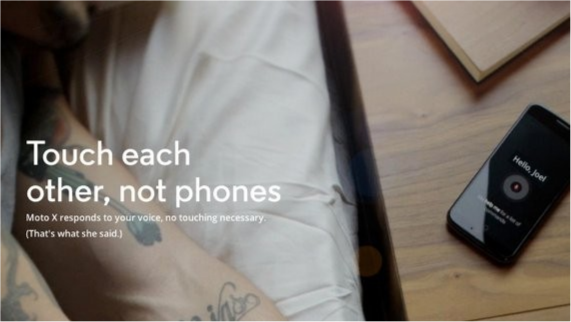Touch controls have dominated the last six years, riding the wave of the mobile market. The next wave of tech will incorporate touchless controls, input no longer restricted to physical contact or screen size. While it'll be awhile before functionality catches up with touch controls, companies can still capitalize by integrating new interface controls before the curve.

Touchless controls are the next intuitive step to free users input from the restraints of screen size. The Galaxy S4 has already incorporated touchless gestures, mainly for navigation. Google has also already placed an emphasis on touchless controls with the new marketing campaign for the recently red Moto X.
It comes with it's own set of technical difficulties as interpreting human motion is problematic to say the least.
People are accustomed to the 1-1 interaction from input devices such as a mouse or stylus, it will take an adjustment period to adapt to touchless controls untethered to a physical device.


